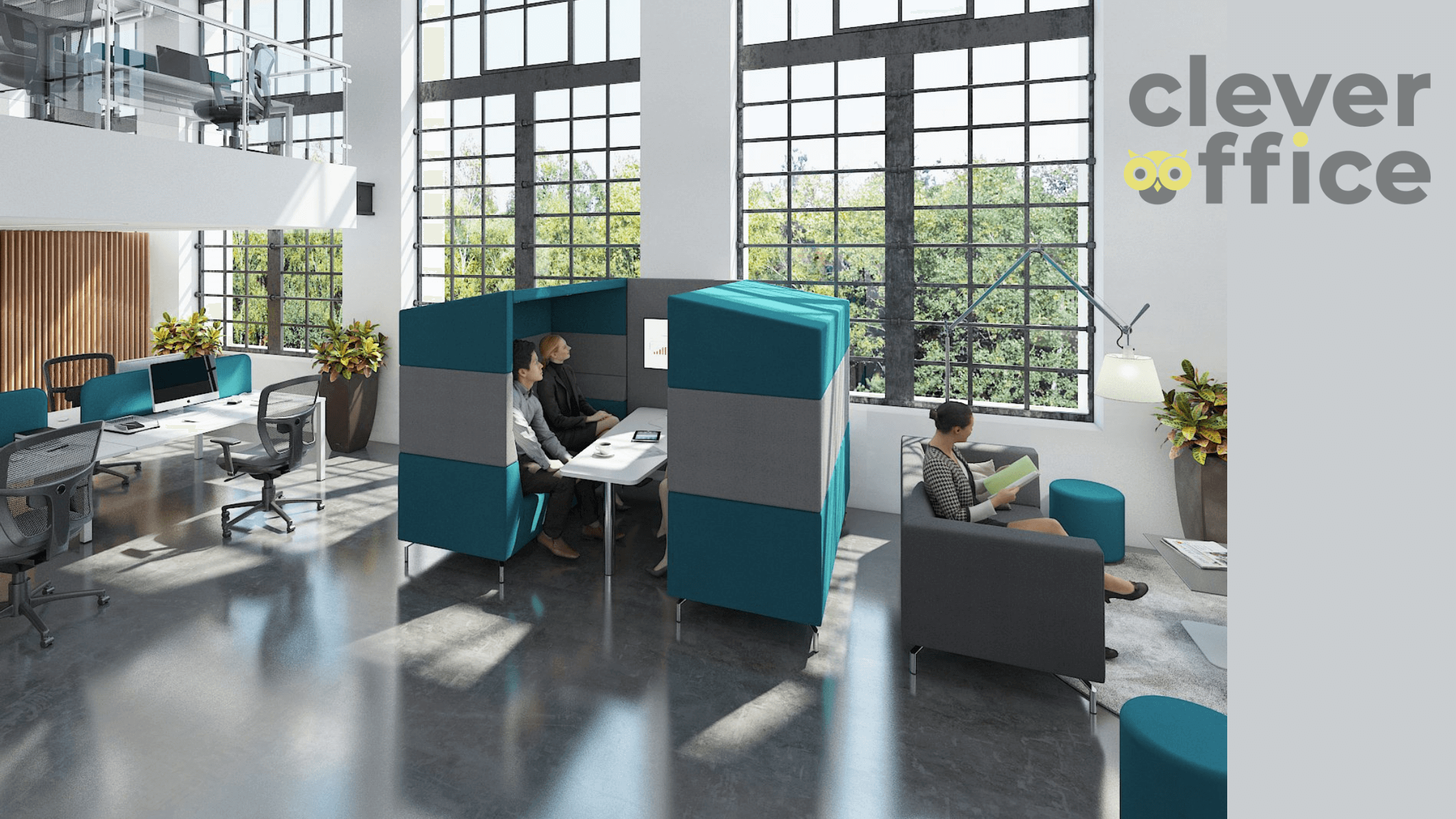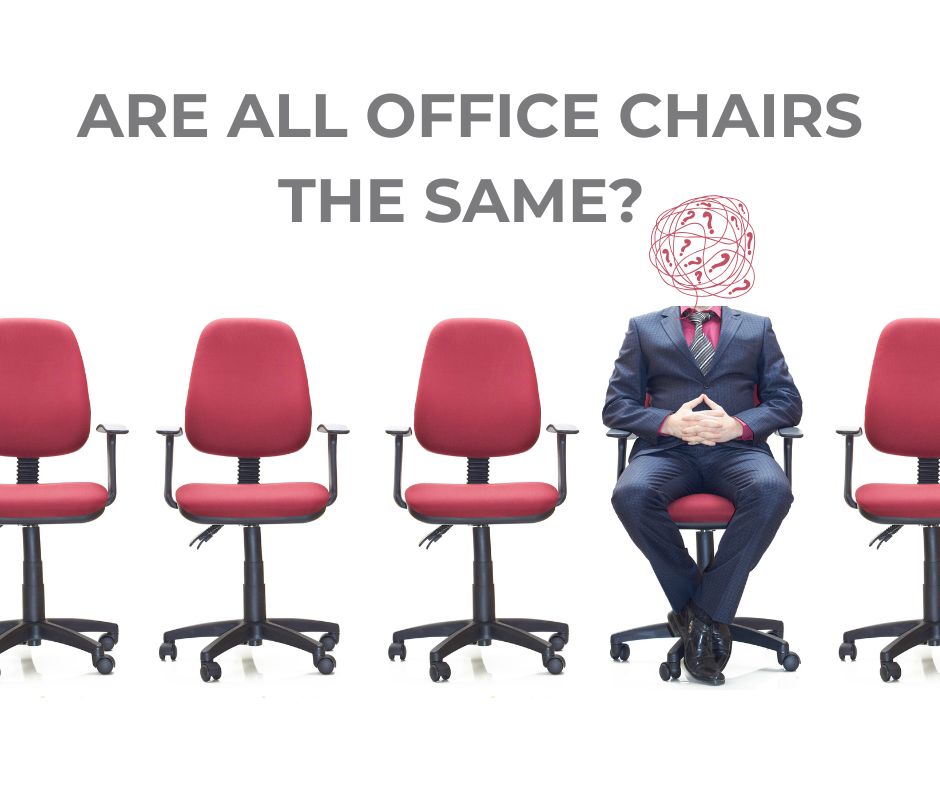How the Right Office Chair Can Transform Your Workday
And Why You Should Stop Settling for “Just Okay”
Do you feel sore, stiff, or unfocused at the end of your workday? You’re not alone—and your chair might be the silent culprit.
We often underestimate the role of seating in our work performance and health. But the truth is: your chair isn’t just furniture—it’s a daily decision with long-term consequences. Let’s explore how a quality office chair can transform your energy, productivity, and physical well-being, backed by recent research.
1. Poor Seating Is Draining Your Energy and Health
If you’re sitting in a chair that wasn’t designed for long-term use, you may already be feeling the effects—back pain, tight shoulders, neck strain, or even recurring headaches.
A study published in BMC Musculoskeletal Disorders (2021) found that workers who sat more than 6 hours a day in non-ergonomic chairs were 2.5 times more likely to report musculoskeletal discomfort compared to those in adjustable ergonomic chairs.
Another 2023 study from the Journal of Occupational Health reported that improving seating ergonomics led to a 54% reduction in reported pain among office workers within just 12 weeks.
2. What Makes a High-Performance Chair?
Not all chairs are created equal. A good ergonomic chair should:
- Support the spine’s natural curve
- Be height-adjustable (so your knees are at a 90° angle)
- Offer proper lumbar and shoulder support
- Use breathable material for comfort during long hours
- Include adjustable armrests and tilt mechanisms
Even something as simple as proper lumbar support can make a surprising difference in how you feel after a long meeting or focused work sprint.
3. Your Chair Impacts More Than Your Comfort—It Affects Your Output
Physical discomfort directly impacts focus and performance. A 2022 meta-analysis from Applied Ergonomics concluded that ergonomic interventions in office seating were linked to a 17–25% improvement in productivity. Why? Because people spend less time adjusting, stretching, or mentally checking out due to discomfort.
And according to the Occupational Safety and Health Administration (OSHA), investing in ergonomic improvements also reduces absenteeism and increases morale, especially in sedentary roles.
4. Choose a Chair That Matches Your Work Style
Every role has different demands. Here’s how to match your chair to your needs:
- Heavy Desk Work (8+ hrs/day): Fully ergonomic chairs with dynamic movement (e.g., FreeFlow, Orthopaedica)
- Moderate Computer Work (4–6 hrs/day): Mesh chairs with lumbar support and tilt, such as Elise, Lyra, Sway
- Shared Spaces or Hot-Desking: Lightweight chairs with essential adjustability and durability
Upgrading even one element—like seat depth or tilt tension—can improve comfort more than you’d expect. Sometimes, it’s not about buying the most expensive chair, but the right one for your routine.
5. It’s Not Just Comfort—It’s an Investment in Health and Longevity
Back pain is now the leading cause of disability worldwide (World Health Organization, 2023). While standing desks and walking meetings are trending, most of us still spend over 10 hours a day sitting—so your chair matters more than ever.
And let’s be clear: this isn’t about luxury. It’s about supporting your body to stay sharp, pain-free, and productive in the long run.
Final Thoughts: Are You Sitting Like a Pro?
Being a #ProfessionalSeater means choosing better. It means investing in your wellbeing, protecting your posture, and giving yourself the physical support to thrive.
So ask yourself—are you just getting by, or are you ready to upgrade?
Need help choosing the right chair?
Explore our curated range of ergonomic chairs or speak to a workspace expert at cleveroffice.ie. We’ll help you find your perfect fit.



